Key Concepts to Understand About Blizzards
Formation of Blizzards
Blizzards are formed when cold, dry air from the north collides with warm, moist air from the south. This collision leads to the formation of heavy snowfall and strong winds, resulting in low visibility and extreme cold temperatures.
Conditions for a Blizzard
For a storm to be classified as a blizzard, it must meet certain criteria, including sustained winds or frequent gusts of at least 35 miles per hour and visibility reduced to a quarter of a mile or less due to falling or blowing snow.
Impact of Blizzards
Blizzards can have a significant impact on communities and ecosystems. They can lead to transportation disruptions, power outages, and dangerous conditions for outdoor activities. Additionally, blizzards can affect wildlife, agriculture, and the overall environment.
Study Guide for Blizzards
1. What are the main characteristics of blizzards?
The main characteristics of blizzards include strong winds, low temperatures, and heavy snowfall, which lead to reduced visibility and extreme cold conditions.
2. What causes the formation of blizzards?
Blizzards are formed when cold, dry air from the north collides with warm, moist air from the south, leading to the creation of heavy snowfall and strong winds.
3. What are the criteria for a storm to be classified as a blizzard?
For a storm to be classified as a blizzard, it must have sustained winds or frequent gusts of at least 35 miles per hour and visibility reduced to a quarter of a mile or less due to falling or blowing snow.
4. How do blizzards impact communities and ecosystems?
Blizzards can lead to transportation disruptions, power outages, and dangerous conditions for outdoor activities. They can also affect wildlife, agriculture, and the overall environment.
5. What precautions should be taken during a blizzard?
During a blizzard, it is important to stay indoors, avoid travel unless absolutely necessary, and ensure adequate supplies of food, water, and emergency supplies in case of power outages or other disruptions.
.◂Science Worksheets and Study Guides Fifth Grade. The 6-Kingdoms of life

 Activity Lesson
Activity Lesson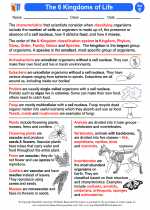
 Worksheet/Answer key
Worksheet/Answer key
 Worksheet/Answer key
Worksheet/Answer key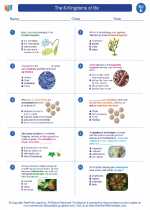
 Worksheet/Answer key
Worksheet/Answer key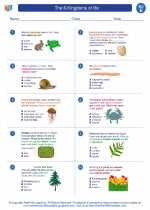
 Worksheet/Answer key
Worksheet/Answer key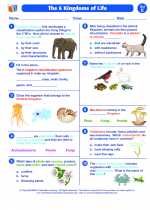
 Vocabulary/Answer key
Vocabulary/Answer key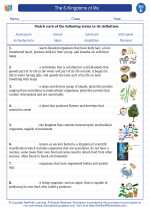
 Vocabulary/Answer key
Vocabulary/Answer key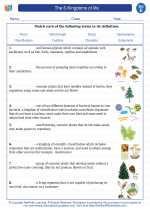
 Vocabulary/Answer key
Vocabulary/Answer key
 Vocabulary/Answer key
Vocabulary/Answer key
